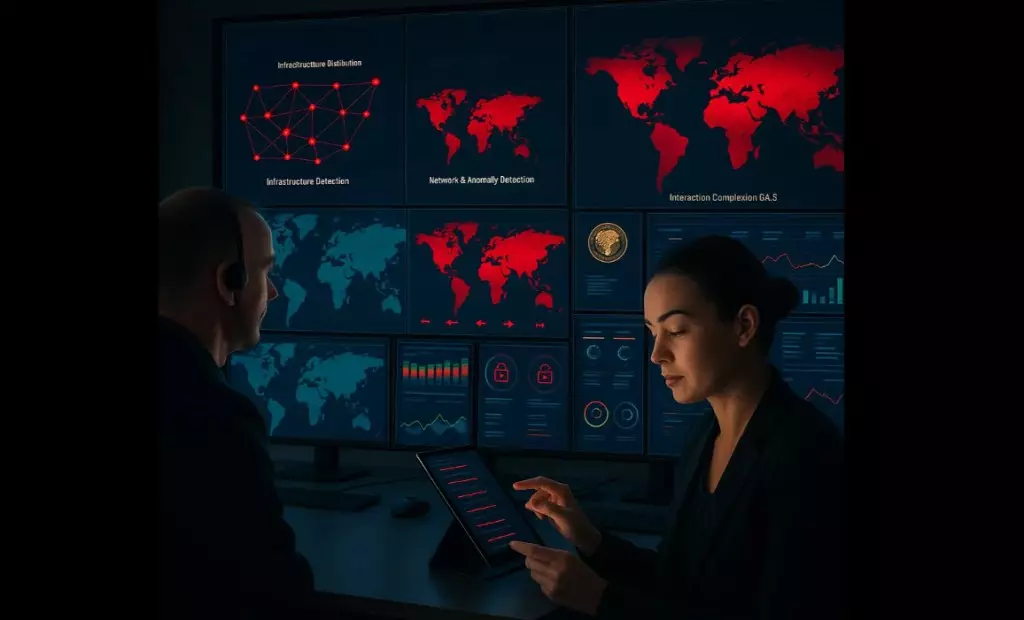The recent dismantling of the notorious DanaBot malware platform underscores a pivotal shift in the cybersecurity landscape. Operating from Russia, DanaBot infected over 300,000 systems and wreaked havoc with damages exceeding $50 million. The U.S. Department of Justice’s recent indictment of 16 individuals connected with this operation is not just a law enforcement victory; it reveals the strategic role that agentic AI is playing in modern cybersecurity practices. In this context, DanaBot serves as a case study in how advanced technology can alter the dynamics of cyber defense and offense.
Emerging initially in 2018 as a banking trojan, DanaBot quickly transitioned into a sophisticated malware-as-a-service (MaaS) toolkit. Its versatility enabled it to execute various malicious actions ranging from ransomware deployments to espionage operations. With its operators, known as SCULLY SPIDER, maneuvering under the protective umbrella of Russian authorities, the malware effortlessly disrupted infrastructure across a multitude of sectors. This symbiosis between financially motivated cybercrime and state-sponsored espionage not only illustrates the risks posed by such criminal networks but also the urgent need for advanced defense mechanisms.
Agentic AI: The Game-Changer
The success of law enforcement in disrupting DanaBot’s operations is largely attributed to the deployment of agentic AI. This type of AI-enabled solution is no longer a niche technology but, rather, an integral component of security operations centers (SOCs) worldwide. Agentic AI facilitates predictive threat modeling and rapid anomaly detection, which allows security teams to respond to threats with unprecedented agility and accuracy.
The breadth of DanaBot’s operations—boasting an average of 150 active command-and-control (C2) servers daily—exhibits the necessity for automation in threat monitoring and forensic analysis. The operation’s inherent complexities would have overwhelmed traditional manual cybersecurity approaches. However, agentic AI provided the tools necessary to condense months of forensic work into mere weeks, allowing law enforcement time to identify and neutralize threats efficiently.
A New Era in Defense Strategies
The importance of incorporating agentic AI into cybersecurity workflows stems from multiple critical insights drawn from the DanaBot case. Traditional security measures often fall short against highly adaptable threats, as seen with the staggering 1,000 daily victims highlighted during DanaBot’s peak activity. The AI-driven platforms significantly alleviate the well-documented issue of alert fatigue, which plagues many SOCs operating with outdated systems.
Cybersecurity experts have long pointed out that static defenses quickly become obsolete, unable to keep pace with adversaries who continuously evolve their tactics. The intelligence-driven execution enabled by agentic AI dives deeper than just threat detection; it also facilitates the optimization of SOC workflows, thereby allowing analysts to focus on high-priority tasks rather than drowning in a sea of false alerts.
According to recent findings, organizations utilizing such advanced AI systems can expect a productivity boost of approximately 40% by 2026. This indicates that the time has come for security operations to evolve from a reactive stance to a proactive approach, spearheaded by compelling metrics and outcomes.
Key Practices for SOC Leaders
Transitioning to a world of agentic AI is not without its challenges. An essential practice for SOC leaders is to be methodical and strategic in their adoption of AI tools. The focus should not be on automating every function at once; instead, high-performing SOCs are prioritizing the automation of repetitive tasks that have a significant workload impact, such as phishing triage and routine log correlation. This can lead to measurable returns on investment and help alleviate analyst burnout.
Moreover, establishing a robust telemetry framework is vital. Rather than merely gathering data, organizations must turn that data into meaningful insights through unified signals from various digital assets. This practice is critical because the lack of a cohesive dataset can compromise even the most sophisticated AI models.
Another integral aspect involves governance. As SOC operations expand to embrace autonomous decision-making, teams should set clear operational boundaries and ensure robust auditing mechanisms are in place. An established control plan that includes human oversight is essential to maintain accountability.
Lastly, it is crucial to tie the outcomes from AI initiatives to key performance indicators that resonate beyond the SOC. These metrics should be focused on reducing false positives, improving mean time to resolution (MTTR), and maximizing analyst efficiency.
Navigating a Faster Cyber Landscape
Today’s adversaries operate at machine speed, demonstrating a growing sophistication in their attack vectors and strategies. The dismantling of DanaBot exemplifies that while cybercriminals leverage advanced technologies, so too can security professionals. The functionalities provided by agentic AI not only empower SOC analysts but fundamentally reshape how organizations approach cybersecurity. As we face an increasingly complex digital landscape, embracing these advancements will delineate the leaders in cybersecurity from the rest of the pack. The focus is clear: to contend with adversaries, we must adopt a pro-active, technology-forward approach tailored for the realities of a high-speed cyber environment.

